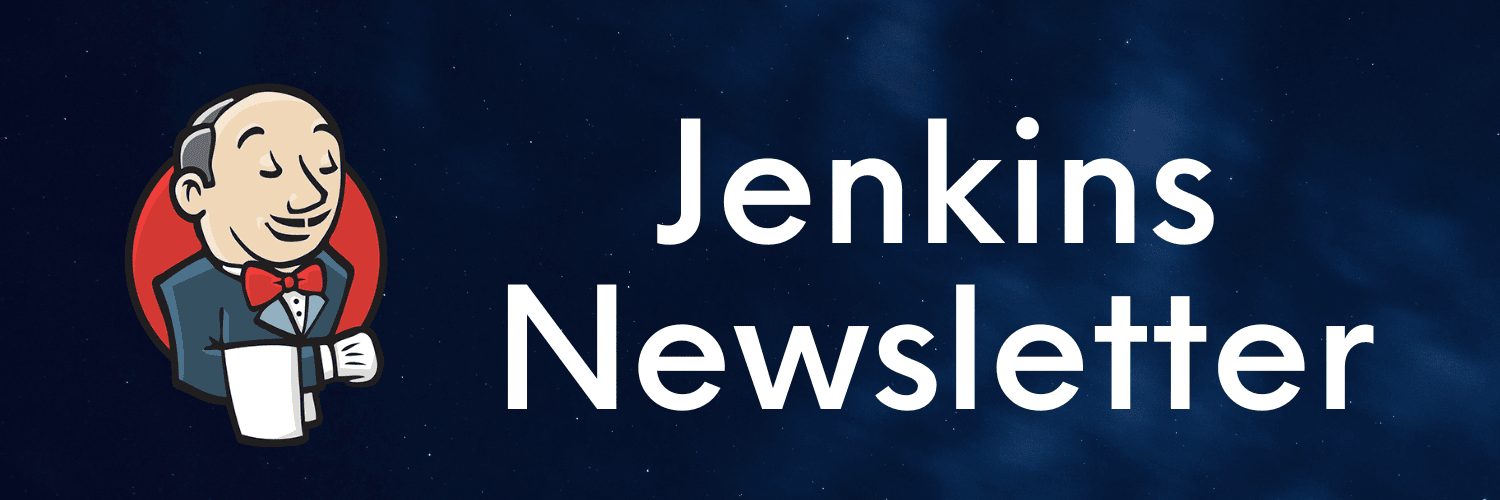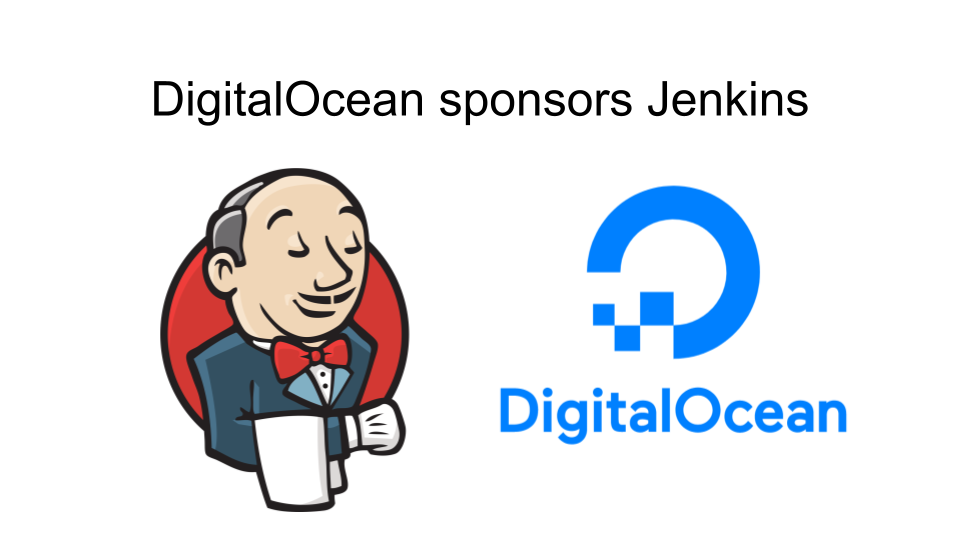-

Jenkins June 2023 Newsletter
-

How to remove deprecated plugins from Jenkins while using Docker
-

Jenkins April 2023 Newsletter
-

Building Android apps with Jenkins: release management
-

Jenkins March 2023 Newsletter
-

DigitalOcean and Jenkins partnership continues to grow!
-

Building Android apps with Jenkins: an introduction
-

Android and Jenkins: what is the limit?
-

miniJen and RISCV